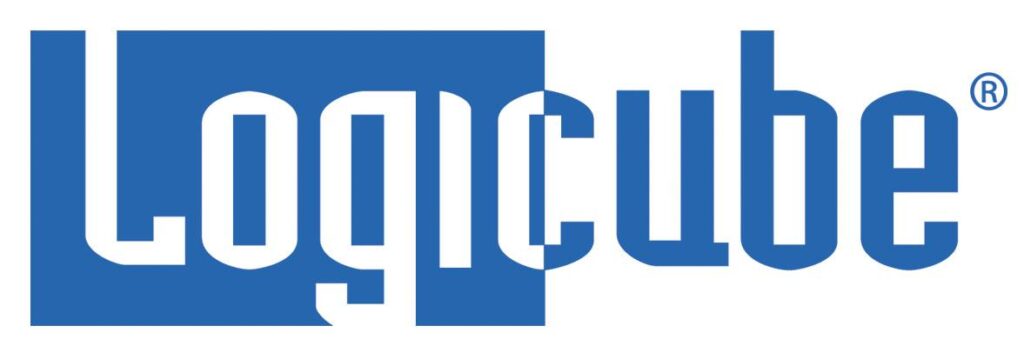Writing for Fortune this week, Katherine Noyes has an interesting piece that looks at how ARM is looking to parlay its success in the mobile phone market into a dominant role as a supplier for the Internet of Things (IoT). “There’s a real opportunity here,” Noyes quotes Ian Ferguson, ARM’s vice president of segment marketing saying. AMD licenses designs to silicon makers like Qualcomm and AMD. Already, some of those designs are showing up in IoT products like fitness bands. That could expand – and mobile phones are the management interface for many IoT products, which also stokes ARM’s business. But the company thinks the real opportunity lies in commercial technology for verticals like infrastructure (smart cities), manufacturing and oil and gas exploration. “You’ve got highly valued assets, so preventative mechanical services can help improve efficiency by detecting problems before they break down,” Ferguson said. ARM acquired Sensinode Oy in August, 2013. Sensinode pioneered software and […]
Search Results for "standards"
Nest, Samsung and AMD Back Thread For Home Automation
A week that has already been full of standards news for the Internet of Things added more with the unveiling of Thread, a proposed communications standard backed by Google’s NEST group that promises a “new and better way to connect products in the home.” Google was joined by Samsung, Freescale Semiconductor, ARM, smart lock maker Yale Security and Big Ass Fans (favorite company name ever) in forming The Thread Group to promote Thread. In a press release on Tuesday, the group said that the Internet of Things presents unique challenges that are not well met by existing wireless communications technologies such as Wi-Fi, ZigBee and Z-Wave. In contrast to those technologies, Thread focuses exclusively on network connectivity, not application-layer exchanges and connection management. Thread Group says existing application protocols and IoT platforms can easily run on Thread networks. Specifically, it uses 6LoWPAN (IPV6 over Low power Wireless Personal Area Networks) to create 802.15.4-standard mesh networks of smart […]
FDA: Regulators Can’t Scale To Police Mobile Health Apps
A senior advisor to the U.S. Food and Drug Administration (FDA) tossed cold water on speculation that the Agency might try to police mobile health and wellness applications, saying the FDA couldn’t possibly scale up to meet the challenge of policing the hundreds of new apps appearing every month. Correction: The article was changed to clarify Mr. Patel’s comments. He was not responding to a direct question about the FDA setting up an office to regulate mobile health applications. He was commenting on the possibility of creating a platform to evaluate and rate mobile health applications. Also, he said “It’s not do-able,” not “it’s not possible.” We apologize for any confusion created by the article. – PFR July 10, 2014. The sheer pace of innovation in the mobile health application space and the numbers of such applications already available on mobile marketplaces like the iTunes App Store and Google Play mean that many mobile health applications will escape scrutiny by federal […]
Is HyperCat An IoT Silo Buster? | ZDNet
Steve Ranger over at ZDNet has an interesting write-up on HyperCat, a UK-funded data sharing open specification for Internet of Things devices. The new specifications has the backing (or at least interest) of major players and could become an alternative to proprietary standards such as Apple’s HomeKit or Google Nest. HyperCat is described as an “open, lightweight, JSON-based hypermedia catalogue” that is designed to “expose information about IoT assets over the web.” The goal is to provide a set of open APIs and data formats that startups and other smaller firms can use to built ecosystems of connected objects. Smart devices are typically developed using common technologies and platforms: RESTful APIs, JSON (Javascript Object Notation) for data formatting and HTTP (or secure HTTP) as the main communications protocol. However, the Internet of Things is badly “silo’d” – meaning that interoperability between IoT devices happens only when those smart devices happen to use the […]
Car Makers, Suppliers Going Their Own Way On Security
I was surprised to see a big feature story over at CNN.com this morning – given that the security of connected vehicles has no obvious link to LA Clippers owner Don Sterling, the on-going shakeup at the Veterans Administration or a tornado or other natural disaster. Still – there it is: “Your car is a giant computer – and it can be hacked.” The feature, by Jose Pagliery is solid enough – though it doesn’t break much new ground. He mentions the research by Chris Valasek and Charlie Miller at The Black Hat Briefings last year. He also talks to the folks over at Security Innovation. [Want more on security and connected vehicles? Check out our video: Insecure At Any Speed: Are Automakers Failing The Software Crash Test? ] The big take-away: automobiles are rife with old and outdated software and hardware, much of it lacking even basic security features like secure communications […]






